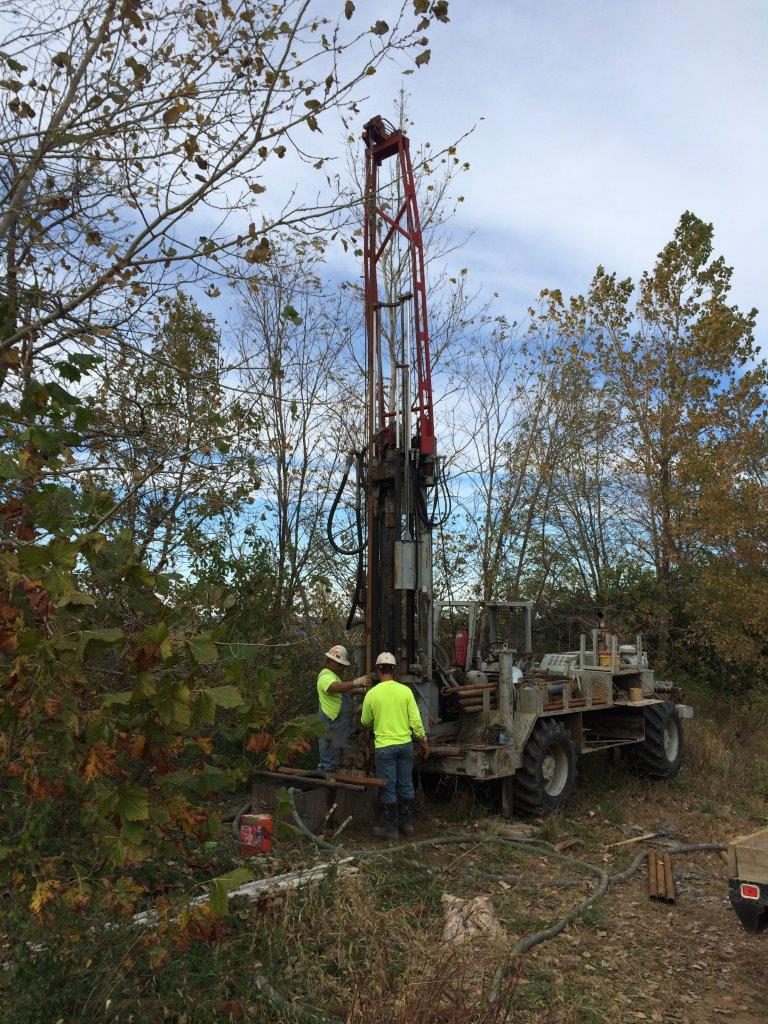In-Situ Vane Shear Testing & Hydrogeological Site Characterization
Missouri
Location
Lindsay James
Contact
Service Lines
Project Summary
Since 2001, Kansas City Fly Ash LLC (KCFA) and its predecessor, Lafarge, has received and used over 1.5 million tons of Coal Combustion Residuals (CCRs) produced at local electrical generating stations to stabilize portions of the former, Missouri Portland Cement underground mine. The beneficial use of CCRs is permitted and regulated at the Sugar Creek Mine Stabilization site by the MDNR and the City of Sugar Creek through a variety of beneficial reuse exemptions, operating permits, and local Special Use Permits (SUP).

Services Provided
In-Situ Vane Shear Testing
One of the SUP regulatory requirements includes compressive strength testing to verify the material meets a 90-day compressive strength of 50 pounds per square inch (psi) in lab prepared cubes. In November 2014, Blackstone provided oversight and reporting for the in-situ vane shear testing of fly ash placed at the facility following ASTM D2573. In-situ vane shear testing was completed near two previously drilled and cased boreholes at the facility using an Acker Vane Shear Kit. Upon reaching testing depth, the hollow core bit on the rotary drill rod was replaced with a metal vane. Force was applied until material failure after which the shear strength can be calculated using the torque arm length, vane constant (dependent on vane size) and maximum applied force.
Hydrogeological Site Characterization
Also required by the SUP was a Hydrogeological Site Characterization to investigate and characterize the hydrogeologic conditions at the site. Prior to the preparation of the Hydrogeological Site Characterization Work Plan, Blackstone completed lithological logging of continuous core. Information obtained from the continuous coring activities provided additional lithological information to better characterize the geology in the east/west direction at the site and was included as part of the Work Plan submitted to MDNR. Site Characterization activities conducted according to the Work Plan included the installation of ten borings which were advanced through the Sniabar Limestone and several feet into the underlying Mound City Shale. The information and data developed for hydrogeological site characterization was consistent with the information reviewed during preparation of the Hydrogeological Site Characterization Work Plan. The Hydrological Site Characterization Report concluded that site appeared to be adequately characterized and was subsequently approved by MDNR.